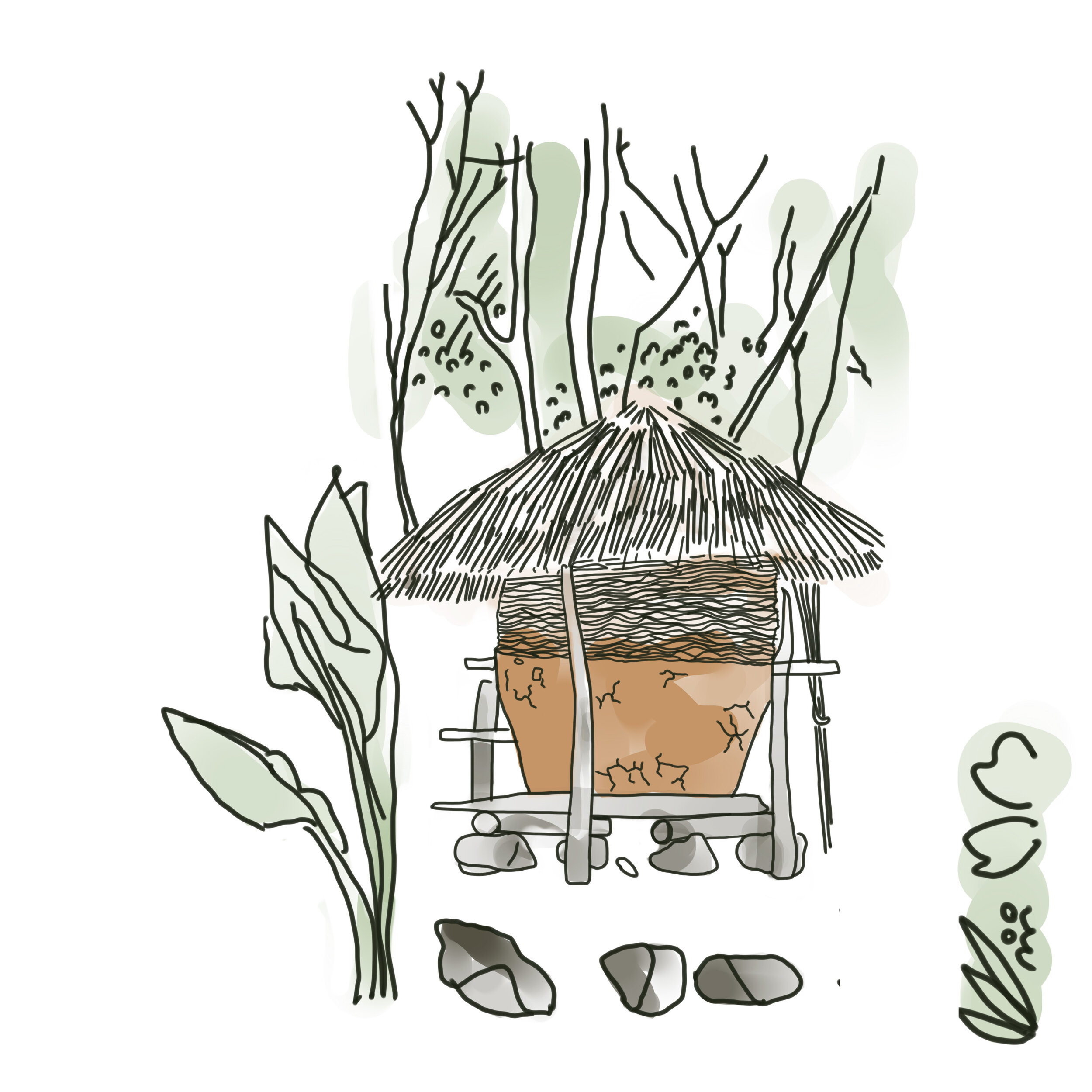14: 2019! Tour of Apè Gama (Our Village)
September 20, 2019
2019 workshop, First Impressions
For the 2019 workshops, we thought that the excitement of a learning tour should be re-introduced for this year as well. This time, instead of having the tour at the end of the workshops, it was held at the beginning, hoping that it would allow for more thought and discussion throughout the workshops.
This year, the 30 odd kids who signed up were mostly different from the 30 from last year, with only a few familiar faces. I wondered why that was. Did we exhaust them too much last time? Or is it a completely different (personal?) reason?
We were all used to the drill by now:
The trilingual workshop posters, illustrated by Irushi Tennekoon
A poster and registration form presented weeks ahead, intended to build excitement closer to the tour. Ms. Pramila, the center’s coordinator organized the bus, and Ms. Neranjala, the center’s resident teacher in charge organized the food as an order. This made organizing far easier than last year as I didn’t have to go outside of the children’s center to set everything up. All Sahani and I had to do was find materials for each workshop.
Walking down Nagahaswatte road
Arriving at Apè Gama: Note the sculpted snake charmer on the left,,
The Tour Begins!
We all took our annual pilgrimage down Nagahaswatte road (The bus was too wide to reach the children’s center) and headed to Battaramulla, where Apè Gama was. (Roughly translated, Apè Gama means ‘Our Village’). Kids had brought their own snacks and we were sharing and singing throughout the journey.
The tour of Apè Gama was.. interesting. I had gone to the location two days earlier, met with the tour guide and explained to him that we wanted to learn everything about the buildings on display, particularly how and why they were made and why they were there. These were the buildings we learned about:
වී බිස්ස \ Paddy storage
බෙර ගෙදර \ Drum House and කුබල් ගෙදර \ potters House
කඩ මන්ඩිය \ storefront
පිල \ Pila
පිල \ Pila : A raised, shaded platform at the front of the house, used to greet visitors and rest.
බෙර ගෙදර \ Drum House: The drum teachers house
මැද මිදුල\ Courtyard: usually seen in more affluent houses known as Wallawwa’s
කඩ මන්ඩිය \ storefront, a large shaded breakfast shop with ample space for daily gatherings.
කොර්ටට පිල \ a second, more comfortable Pila usually decorated With cusions and a woven mat
වී බිස්ස \ Paddy storage: Round in shape, carefully ventilated and raised off the ground
බිසො කොටුව
ගොටා වටුඔය
සොරොව්ව
කුබල් ගෙදර \ Potters House
ගමේ කම්මල \ Ironmongers House
දූව \ Island
නාන තොටුපොල \ bathing station: often consisting of steps going into a body of water.
Performance at ‘Bera Gedara’ (Drum house)
The ‘Pela’ Treehouse for guarding the fields
The tour ended up being a extensive description of what the tour guide could see in front of him, instead of the historical and insightful knowledge I was hoping for. He did give some descriptive insight into the life of a village, which was interesting. I was left longing to know the ‘why’s and ‘how’s of the village structure, and I have since started looking for answers. If I learn more, I will definitely update this post!
In any case, Apè Gama was a visible example of a life that once respected it’s role as part of a larger eco-system. I was reminded of the book ‘village in the jungle’, that helped me imagine that once abandoned, this village would eventually be swallowed up by nature, with little sign of human presence.
The ‘Environment’ theme of our 2019 workshops
If last year’s workshop series was about mapping, this year (perhaps motivated by Greta Thunberg and the climate crisis) was about Environment. We started off with a tour of the village Ape’ Gama that showcased traditional ways of life, and ended with the Eco brick (among others) that will be elaborated in upcoming posts. Next, we mimic these buildings by building miniature clay models, and this turned out to be a wonderful way to jog our students memories about what they had seen.

















